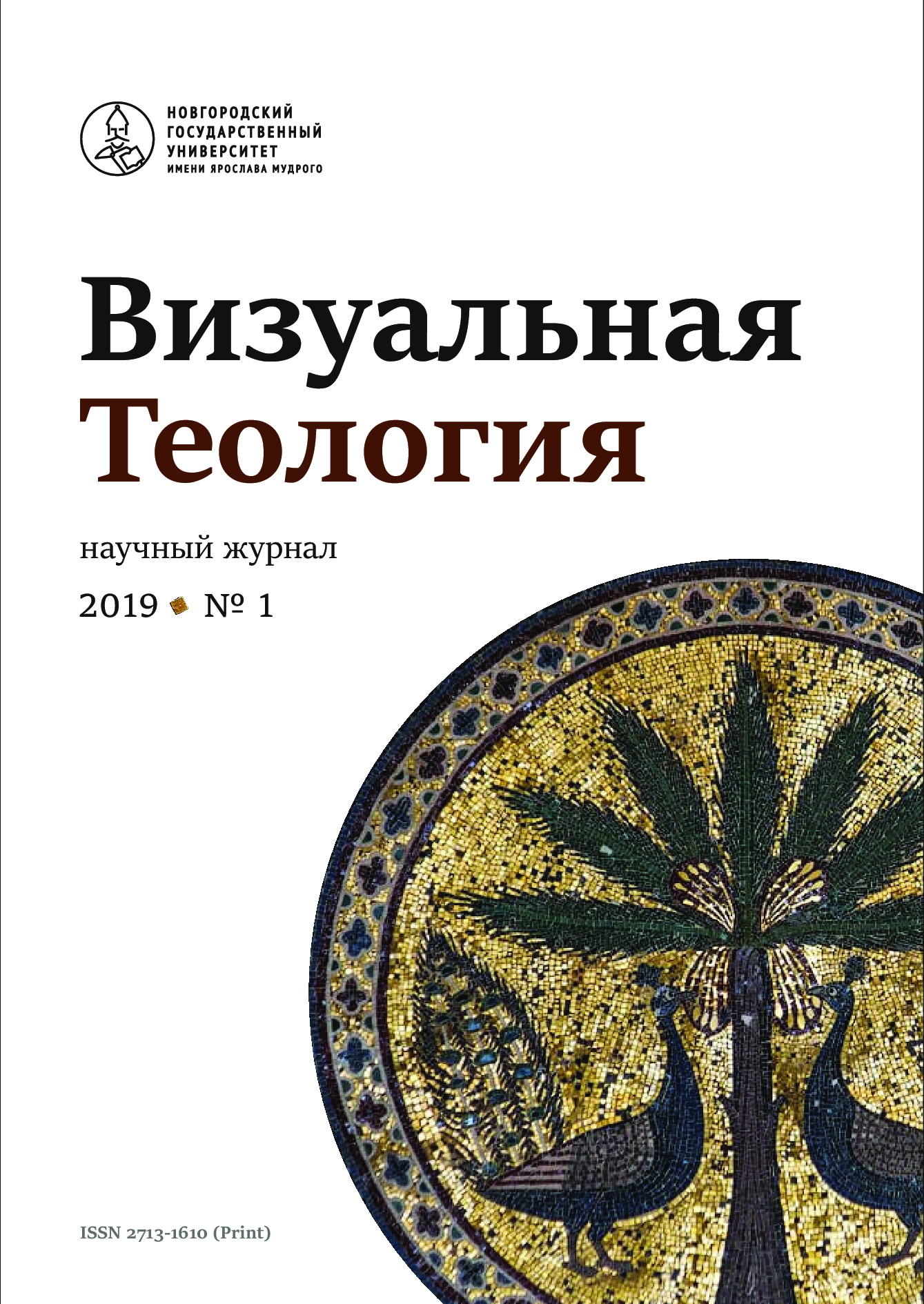Dutch 17th Century Painting as a Visual Sermon
Abstract
The main issue of the Dutch 17 th century painting as visual material is the correlation between the pictorial content and the verbal interpretation of plots and motives. The consolidation of the category of realism for Dutch painting occurred quite early. In spite of different evaluative and descriptive meanings of realism as a concept, a realistic interpretation led to ignoring the subtexts of mundane plots and motives. A realistic interpretation went not only along the way of canonizing of the category of realism as it was in Soviet art criticism, but also towards the discovery of visual culture, the “view of the epoch” as a specific social phenomenon. Another well-established trend in the study of Dutch painting is related to the presence of hidden meanings in the images of everyday life. Unlike the sophisticated pictorial programs of the Italian humanists of the Renaissance, Dutch subjects were much simpler and referred to well-known biblical stories, proverbs, moral and didactic examples. The article explores a number of parallels between pictorial and verbal images that allow you to see the previously unnoticed meanings of several visual motifs – ham, salt in still-lifes, rivers and streams in landscapes, playing musical instruments or a sleeping woman among a festive scene. But the question remains whether owners of such paintings really needed to interpret the picture or whether they were nevertheless motivated by pure aesthetic taste or a sense of national pride, which nurtured the pleasure of contemplating familiar and native objects or landscapes on their own. The article offers a compromise answer subtended by the religious context of Dutch painting. The comprehension of secular pictures as a new type of religious environment is posed, first of all, with the amount of art production, as well as with its standardization (sustainable subject-thematic repertoire, subdivided artists’ specializations). According to various estimates and testimonies, from 10 to 200 pictures of different quality, including inexpensive engravings, were on display even in lowly houses. Such practice is comparable with the existential necessity of traditional religious images in the Orthodox or Catholic cultures. Although genre paintings were not cult objects and did not carry a mystical charge, they acted as a kind of “substitute” for religious images and served their owners as a visual support in the drama of the struggle between good and evil in which a person is immersed from birth to death. The article notes that John Calvin in his “Institutes of the Christian Religion” wrote about the prohibition on depicting God but did not deny the right to exist for the visual arts. The paintings at home, according to Calvin, should serve as a “warning and reminder” and could be called a visual sermon. Both visual sermons and verbal sermons could be more or less skillful, but without them a believer could not live.



